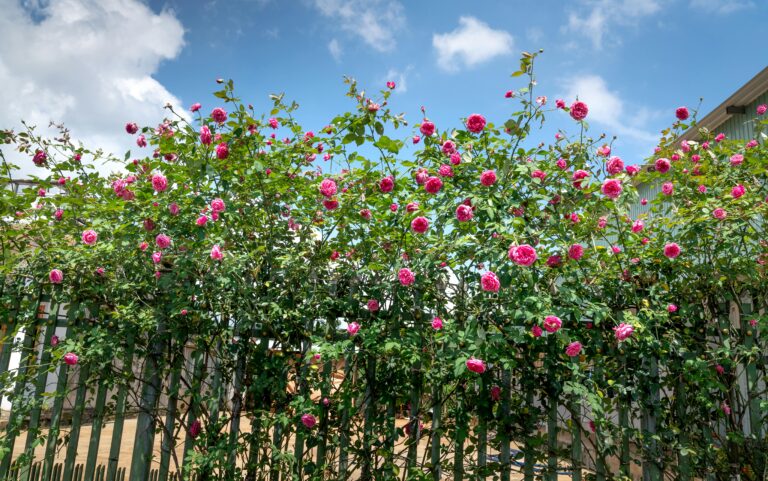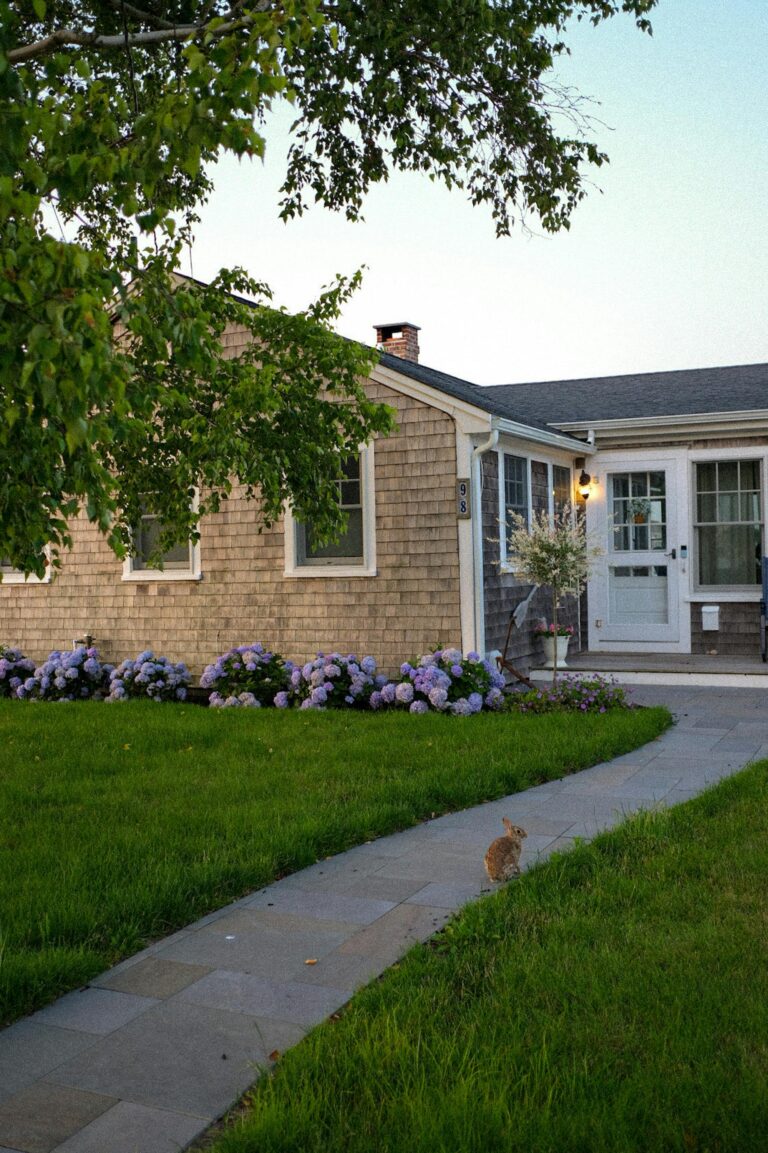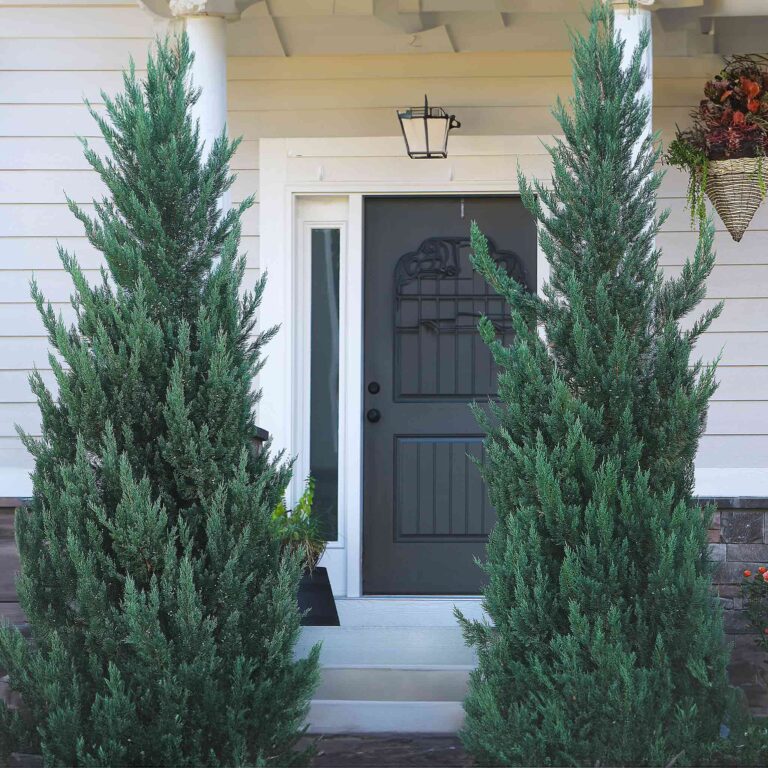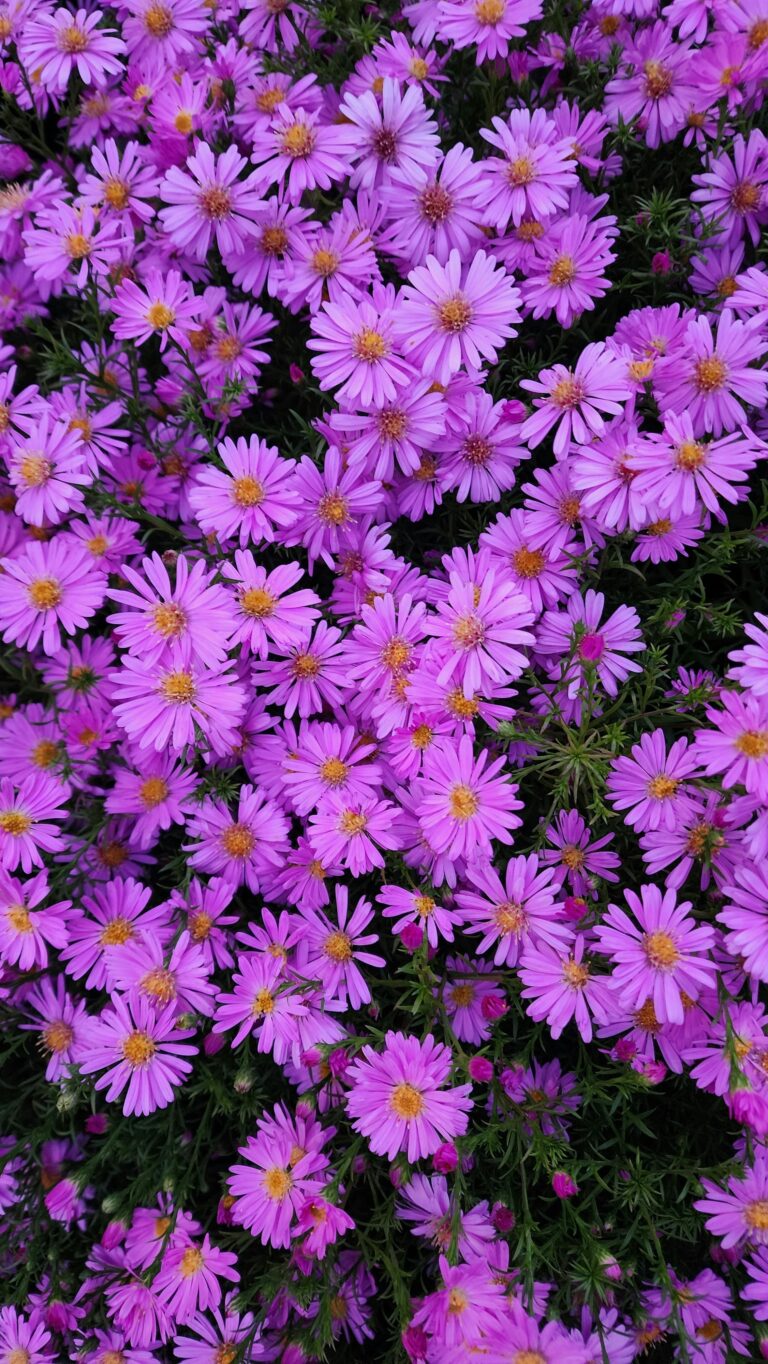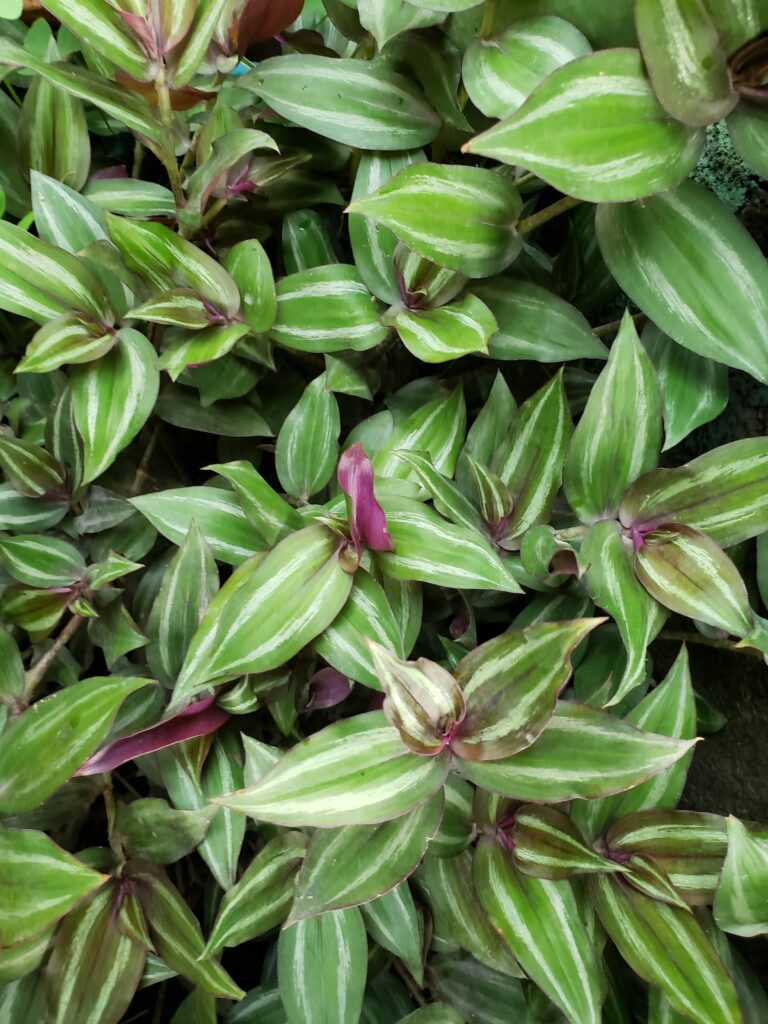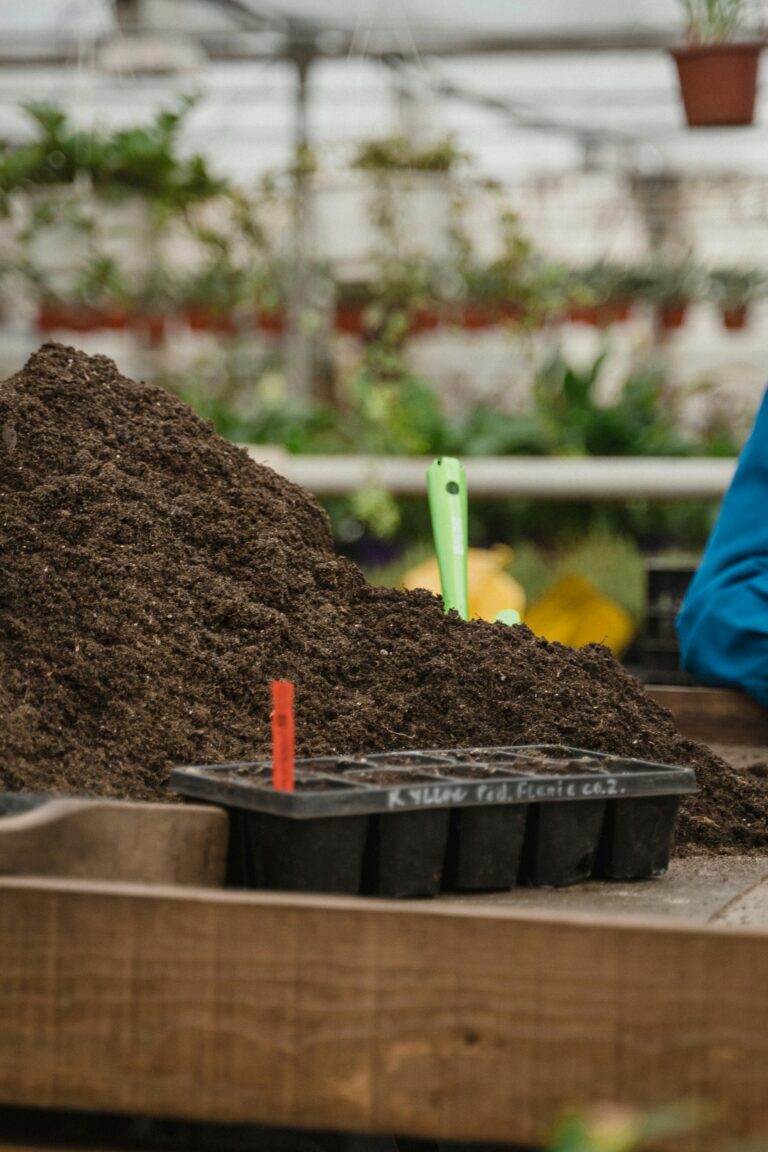
Self-Watering Planters: A Gardener’s Solution to Fuss-Free Plant Care
For many of us, the idea of tending to a thriving garden is a dream, but the reality of daily watering and constant attention can be overwhelming. This is where self-watering planters come to the rescue—a brilliant innovation that makes gardening more accessible and less time-consuming, without sacrificing the health of your plants.
Whether you’re a beginner gardener or an experienced plant parent, self-watering planters can revolutionize the way you care for your plants, both indoors and outdoors. With a built-in water reservoir, these planters ensure that your plants get the moisture they need, even when life gets busy.
What Are Self-Watering Planters?
At their core, self-watering planters are containers designed to take the guesswork out of watering. These planters feature a hidden reservoir at the bottom, which stores water and gradually delivers it to the plant’s roots through a process known as capillary action. This ensures that your plants receive a steady, consistent supply of moisture, which can be a game changer for those who struggle with overwatering or forgetting to water altogether.
Not only do self-watering planters help reduce the frequency of watering, but they also promote healthier root development. Because the water is drawn up from the bottom, roots grow deeper in search of moisture, resulting in stronger and more resilient plants.
Why Choose Self-Watering Planters?
Self-watering planters are a gardener’s best friend, especially for those who lead busy lives or travel frequently. Here are some reasons why you should consider using them in your garden:
- Consistent Watering: With a self-watering planter, your plants are never left thirsty or overwatered. The reservoir ensures they get just the right amount of moisture, making it easier to maintain a thriving garden.
- Water Conservation: These planters are highly efficient in their water use. Instead of excess water draining out and being wasted, it’s stored in the reservoir for future use, helping you save water and reduce runoff.
- Healthier Plants: Because the water is absorbed from the bottom, the risk of fungal diseases or mold on the leaves is minimized. The deep root system that develops also makes for stronger, healthier plants that are better equipped to handle stress.
- Less Maintenance: With self-watering planters, you can go days or even weeks without needing to water your plants. This is perfect for those who travel frequently or have busy schedules but still want to enjoy the beauty of a thriving garden.
Choosing the Right Self-Watering Planter for Your Space
Self-watering planters come in a variety of sizes, shapes, and materials to suit different needs. Whether you’re growing vegetables, flowers, or indoor houseplants, there’s a self-watering planter that’s perfect for your space. Here are some popular options:
- Window Box Planters: Ideal for small spaces like balconies or windowsills, these planters allow you to grow herbs, flowers, or small vegetables with minimal effort.
- Tall Planters: These are perfect for larger plants like tomatoes or ornamental trees. The deeper design allows for more soil and a larger water reservoir, which means less frequent watering.
- Indoor Planters: Designed with aesthetics in mind, indoor self-watering planters often come in stylish designs that complement your home décor while keeping your houseplants healthy and hydrated.
When choosing a self-watering planter, consider the size of the plant and the amount of sunlight it receives. Some plants, like succulents, require less water and may not benefit as much from a self-watering system, while water-loving plants like tomatoes or ferns thrive in these planters.
How to Use a Self-Watering Planter: Tips for Success
While self-watering planters are incredibly user-friendly, there are a few tips to ensure you get the best results:
Fill the Reservoir: The key to success with a self-watering planter is to keep the reservoir filled. Most planters come with a water-level indicator, so you can easily see when it’s time to top up.
Use Well-Draining Soil: The type of soil you use is crucial. Opt for a lightweight, well-draining potting mix that won’t compact and will allow the water to reach the roots efficiently.
Place in the Right Location: Just like with traditional planters, make sure to place your self-watering planter in a spot that meets your plant’s light requirements. While the watering system helps with moisture, your plants still need the right amount of sunlight to thrive.
Watch for Overwatering: Although self-watering planters help prevent overwatering, it’s still important to monitor your plant’s needs. Make sure not to overfill the reservoir, and keep an eye on your plant to ensure it’s getting the right balance of water and nutrients.
The Future of Gardening: Embrace the Simplicity
For both seasoned gardeners and beginners, self-watering planters offer a simplified way to care for plants without sacrificing results. As more people discover the convenience and effectiveness of these planters, they’re becoming a staple in homes and gardens around the world.
Not only do they make plant care more accessible, but they also encourage sustainable practices by conserving water and reducing waste. For anyone looking to cultivate a beautiful garden with less effort, self-watering planters are an investment that pays off season after season.

